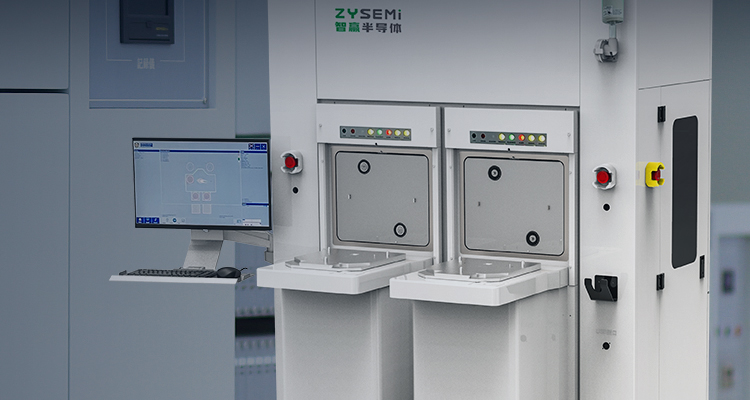

Firstly, confirm if the map is for boxes with a layer spacing of 4.75 or less. If so, check the current version of the robotic arm to confirm if any updates are needed. If not, or if there are still issues with the updated map, further inspection is needed to check if there are any abnormalities in the teaching data.
&Nbsp;
Firstly, confirm whether the issued instructions were sent according to the corresponding instruction format of the robotic arm. If the feedback from the robotic arm is in an abnormal format, it is necessary to correct the format of the issued instructions. If there is no problem with the format, it can be judged based on the feedback of the instructions. Usually, it is due to incorrect teaching data, incorrect command parameters, and unequal order of command sending.
Firstly, determine whether the robotic arm is in remote mode. Only in remote mode can communication be established with the robotic arm, which can be determined by the display on the manual operator screen. Then confirm whether the upper computer has set the relevant parameters according to the requirements of the robotic arm. As long as the above situation meets the requirements, communication can be established with the robotic arm. As for the issue of unsuccessful communication after disconnection, it is because the communication mode of the robotic arm is one-on-one. If the upper computer communication software does not actively disconnect but exits directly during disconnection. So the communication of the robotic arm will remain in the previous connection state, causing the next communication to be occupied and resulting in communication failure.
Firstly, check the status of the emergency stop button of the robotic arm to see if it is in the triggered mode. If so, recovery is required to enable. If the emergency stop is not triggered, it is necessary to check the connection status of this end of the robotic arm control box. Especially whether the AUX and IO short connectors are loose or not fully inserted. After troubleshooting and confirming that there are no issues, but the cable that needs to be welded cannot be enabled yet, it is necessary to check if there are any problems.
The STBY signal is a signal from the AUX cable, which is a function switch used to enable the robotic arm in remote mode. The signal is a pulse signal that can be completed by the robotic arm in about one second. If the signal is continuously triggered or the triggering time exceeds 3 seconds, this alarm will appear. The corresponding alarm processing method is to first turn off the signal, then restart the robotic arm to restore it. If the signal is not turned off, an alarm will still sound after powering on and restarting.
The alarm that ABS cannot be trusted occurs because the encoder cable is not connected during power on, resulting in ABS loss. When power on, pay attention to whether each cable is tightly plugged in to avoid this phenomenon. ABS untrustworthy faults require ABS origin reset, and after completing the reset, the alarm will be eliminated.
When an alarm occurs, first check whether the error indicator light of the manual operator is on. If it is on, it indicates that the control of the robotic arm is temporarily unavailable and the alarm needs to be eliminated before it can be restored. For alarms, it is necessary to determine what type of alarm it is. If it is a hardware alarm, it can only be eliminated by restarting the robotic arm. If it is caused by software operation, the alarm can be eliminated through INIT initialization.
It can be judged based on alarm feedback, and this situation usually occurs when the vacuum value does not meet the default value requirements of the robotic vacuum sensor. The determination of product adsorption by the robotic arm is achieved through sensors. If the vacuum does not meet the requirements of the sensor during the picking and placing movement, it will be judged that the product is lost, causing the robotic arm to stop moving and give an alarm.
This situation usually occurs because the electromagnetic valve inside the robotic arm does not trigger the switch, or the vacuum is not ventilated.
Firstly, check if the negative pressure side has been supplied to the robotic arm. If the negative pressure side has been supplied to the robotic arm but the vacuum cannot be triggered, then it is necessary to check again if the positive pressure side has been supplied to the robotic arm. If there is no positive pressure, the solenoid valve cannot be controlled.
The robotic arm requires two sources of air, one providing negative pressure and the other providing positive pressure.
Negative pressure is used to achieve the adsorption function of the robotic arm on the product, while positive pressure is used to control the opening and closing of the electromagnetic valve inside the robotic arm.
Therefore, only external air sources need to be provided, and control is achieved by a robotic arm.
If you cannot find the answer you are looking for in the technical answer, you can tell us the problem you have accounted for,
We will provide timely answers

